Having abandoned my hopes of employment in Boulder, I said my goodbyes and returned to the road. All that lay in between Madison and me was about 1,200 miles of rolling hills and plains stretching on into the horizon. In the midst of those endless miles, I squeezed in visits to Wind Cave and Badlands National Parks, as well as quick pit stop at Mount Rushmore, a pilgrimage to Wall Drug, and a visit with an old friend. With bleak winter winds pushing me east, I will readily admit that I jumped through this section with less care than others. That is not a comment on my feelings about South Dakota, simply an indication that I was ready for the stability, family, and friends that awaited me in Madison. It may also have grown from my relative familiarity with this section of the country. I will not profess to know South Dakota very well, but I have visited the Badlands multiple times, along with Mount Rushmore and Jewel Cave. Additionally, those visits came at much warmer and more inviting times of the year. In short, I was ready for a break and little stood in my way.

Knowing that some relatively uninspiring driving lay ahead of me, I cued up three audiobooks that would get me through the rest of my drive: Devil in the White City by Erik Larson, The Graveyard Book by Neil Gaiman, and Cooked by Michael Pollan. These captivating stories made my drive across the windswept plains of Wyoming wonderfully exciting. My gas stops were short affairs, partly because of the cold, but mostly because I couldn’t wait to get back to my story. If you ever have 15-20 hours of driving to do, I can definitely recommend these three as a enticing blend of prose that delve into history, fantasy, and cooking.
Pulling off in Black Hills National Forest, I spent a chilly, but calm night under the stars. Having burned the candle at both ends for most of my time in Colorado, I actually went to bed at 5 PM that night! Waking early, I immediately headed off to Mount Rushmore. Originally, I hadn’t intended to visit this monument, as my memories from previous visits were not especially positive. Seeing as how I was only about 30 miles away, I figured it was worth a quick drive before Wind Cave opened up for the day. I will admit that Mount Rushmore represents an impressive feat of human ingenuity and engineering, yet I still struggle to see the American fascination with this sculpture.

Leaving Mount Rushmore before the sun had risen, I headed for Wind Cave, driving slowly and photographing the prairies and plains above ground before heading into the visitor’s center to sign up for a tour below ground. Even though the temperature in the cave was a balmy 54 degrees, it was obvious that the summer months represented the main tourist season for this park. I ended up touring the cave on a solo tour with a relatively new ranger named Lindsay. Although I am sure that the off limits sections of Wind Cave hold wonders beyond my comprehension, the walking tour left something to be desired. Having spent time in Carlsbad Caverns and Mammoth Cave recently, I failed to see anything that truly set Wind Cave apart. Obviously, the box work is formation almost entirely unique to Wind Cave, but I didn’t find it that cool. To me, it draped down from the ceiling, almost like a three-dimensional spider web of leathery bat wings. It is undeniably cool, but not as mind-blowing as the scope of Mammoth Cave or the immensity of the cavernous rooms of Carlsbad. The justification for protecting Wind Cave, however, is obvious. Caves really do represent one of the final terrestrial frontiers left to us. When Google Maps can take you into the Grand Canyon and drones allow us to see our world from entirely new perspectives, caves like these hold secrets that may not be discovered in my lifetime. That is way cool.
Wind Cave is also exemplary for the habitat that it protects above ground, as well as below. The boundaries of Wind Cave National Park hold a thriving population of reintroduced American bison, an animal pushed to the brink of extinction by enthusiasts preaching manifest destiny. Alongside the buffalo, I saw dozens of prairie dogs, popping up and down along the horizon. Watching over them all, a lone fox high on a hill, loping slowly through the snow. Wind Cave may have received designation for its treasures beneath the earth, but it has done much to protect the familiar world above.



Leaving the roaming buffalo to their business, I zig-zagged east away from the Black Hills, into the rolling plains of central South Dakota. With Neil Gaiman whispering about interactions between the living and the dead, I soon recognized the snow-dusted turrets of the Badlands. After another tantalizing hour of driving, I discovered that there were many ways to enter Badlands National Park. I chose a dirt road that cut directly into the heart of the park. Once I turned away from the pavement, I entered a lonely world of drifting snow and endless horizons. 25 miles later, I had passed few houses and hadn’t seen a soul.

My drive, however, was not uneventful. In the gusting winds, snow piled in the ditch was migrating steadily onto the road, creating mounds of fluffy, dry snow for Sam to plow through. Yet the snow was not the only thing moving onto the road. As I drew closer to the Badlands, a fox appeared on the road in front of me. He jogged a hundred or so feet ahead of me, heading directly down the center of the road. Every few minutes, he would veer off into the drifts, which would swallow him whole. Knowing the road was a far more efficient path, he always returned to the road, lightly padding along the packed dirt. With a winter world swirling around me, I followed at a distance, stopping every now and then to admire my vantage point above the Badlands. Every time I returned to the wheel, the fox stood in front of me, watching me intently before turning around once more and beginning his trot along the road. Finally, after a mile or so, he plunged into the snow, disappearing into its depths. At last, my traveling partner had abandoned me to the chilling solitude of the Badlands.


Stretched out before me lay a forest of sand castle-like pinnacles, buttes, and canyons amid a sea of endless grasslands. In the summer, the beauty of the Badlands lies in their fossilized history and multicolored layers of sediment. The winter, however, is another story. Now, the earthen hue of the rock is shrouded in white powder. The snow clings to the exposed minarets, blending them into the austere gray of the winter sky. Below the crenelated skyline, dark spillways of dirt stand opaquely against the snowy scene. It is a haunting landscape of light and shadow.

With the park operating at an extremely limited capacity, I moved on from the Badlands relatively quickly, relying on previous explorations to populate my memories of this unique park. With my tour of South Dakota’s National Parks complete, two stops remained before I headed home. The first was just around the corner: Wall Drug. Truly a testament to the power of advertising, Wall Drug is an example of a tourist trap at its finest. Signs for this quirky attraction extend for hundreds of miles in every direction, yet there really isn’t that much to see. That said, free ice water, five cent coffee, and a massive dinosaur make it reasonably worthwhile… Coffee in hand, I headed for Sioux Falls, where I reconnected with Ryan, a friend from my days in Barcelona. In the end, my hasty tour of South Dakota was filled with more generosity, beauty, and adventure than I had anticipated. That said, it feels good to be heading home for a little while.

Map of the Travels


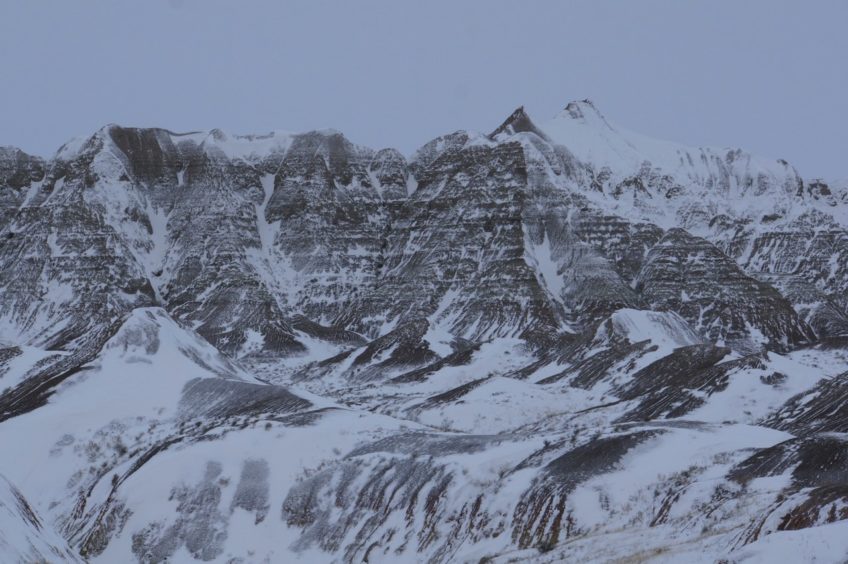
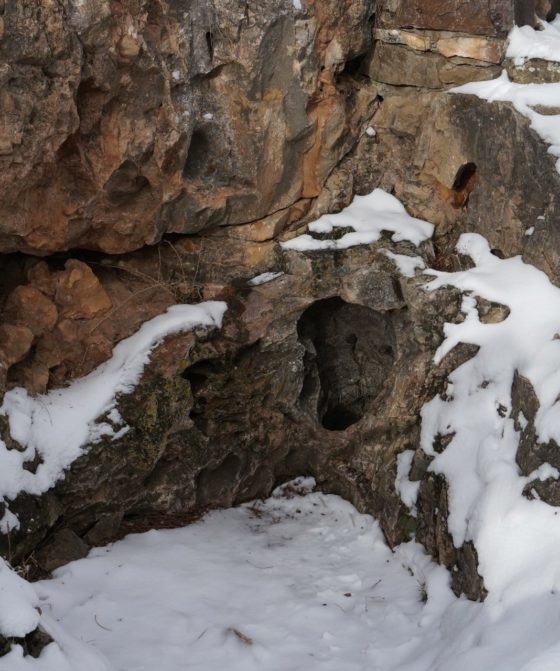


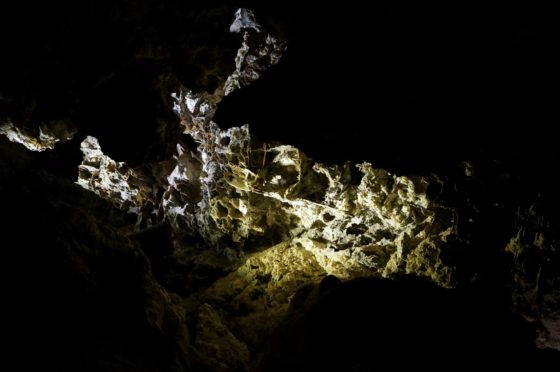
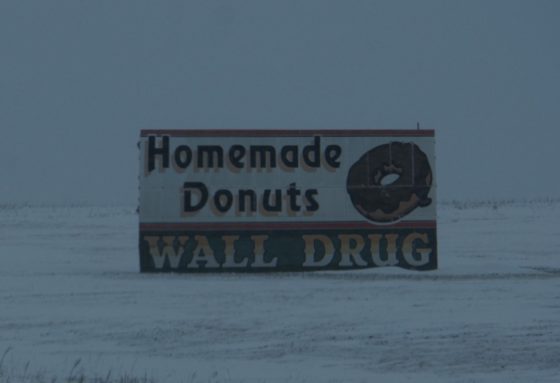
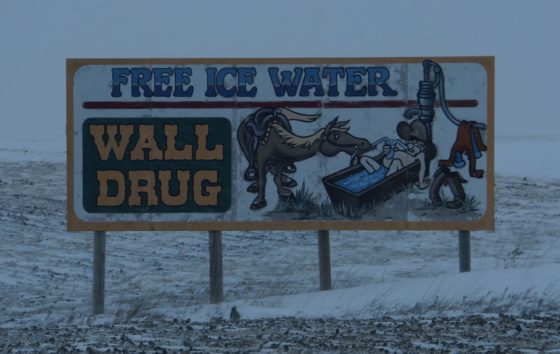
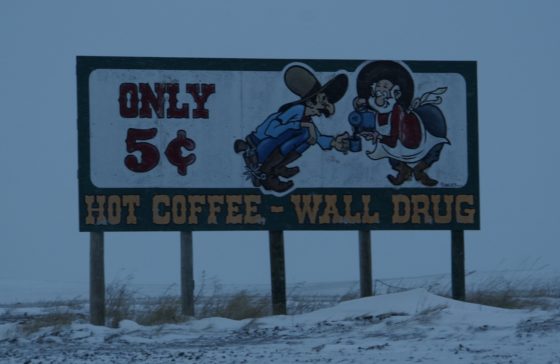

Leave a Reply